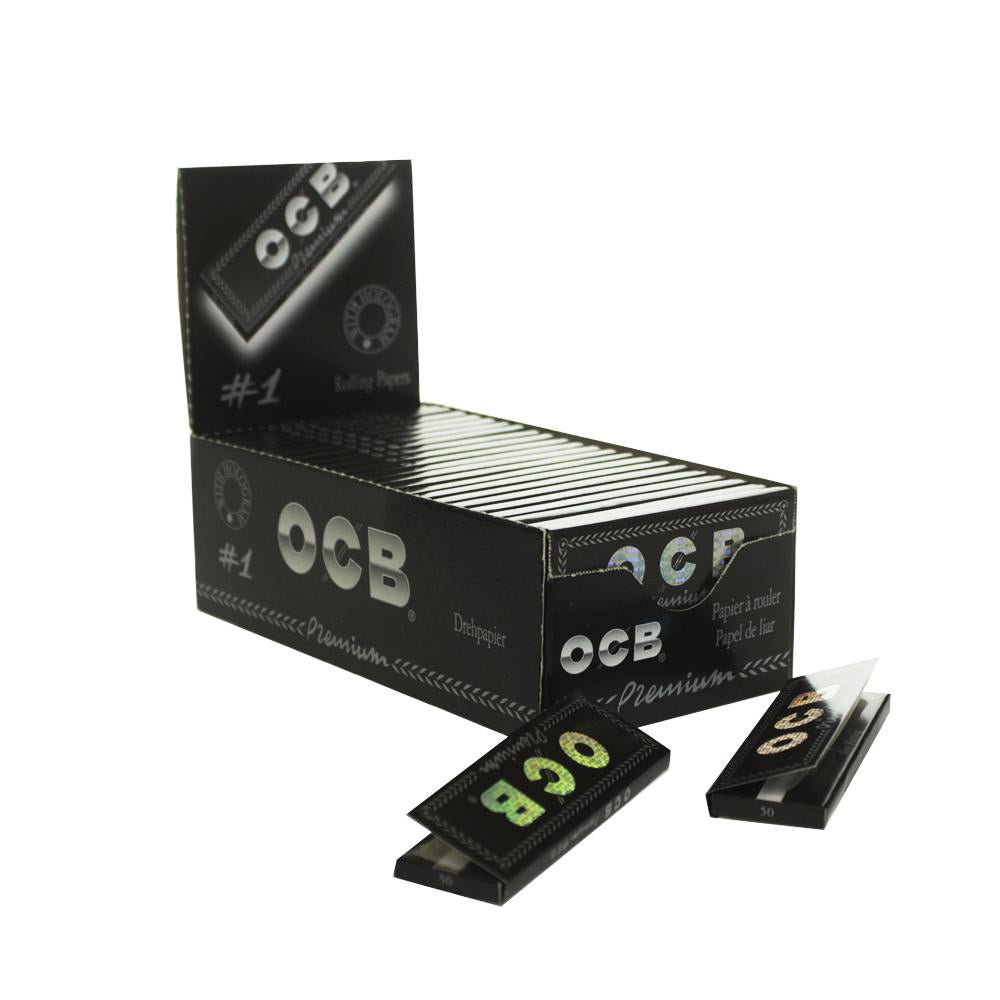OCB.
What's in a name? A lot, in the case of OCB. OCB is named after three central elements of their history. The first paper mill was opened in 1822 on the banks of the Odet River, which provided the water necessary for wood pulping. Their next paper mill was opened in 1893; a rental in the Cascedec region of the Scaer in Germany. They bought the mill in 1917. The founders of these mills were Rene and Guillaume Bollore, who layed the foundation for a line of Bolloré “paper-makers” that was to extend over 6 generations in their native France. Now, the OCB name is associated with thin papers that provide a slow-burn and all natural materials.
OCB papers are made from natural arabic gum, which is extracted directly from African Acacia trees. These trees grow in semi-desert conditions in Africa. In order to extract the gum, they must make incisions into the bark of the tree. At this point, the sap slowly seeps out of the tree and builds upon itself. This creates a nodule (gum extending from the tree). These nodules are harvested, sorted, cleaned, and finally processed into Acacia gum. OCB retrieves their supply of Acacia gum in an environmentally responsible manner. They make sure their African supplier is committed to the development of Acacia forests, as well as training and supporting the local populations.
Aside from their infamous rolling papers, OCB offers other notable products. For instance, their rolling trays are worth checking out. We carry their Rainbow Rolling Tray, Premium Rolling Tray, Organic Rolling Tray, and Artistic Rolling Tray. You can purchase these trays in two sizes: medium or large. The main difference among each of these trays is the art they display.
If you have trouble rolling on your own, check out their Rolling Machine for 1-1/4" Size Papers. As long as you have this clever device, you'll be able to have a perfectly rolled cigarette.









